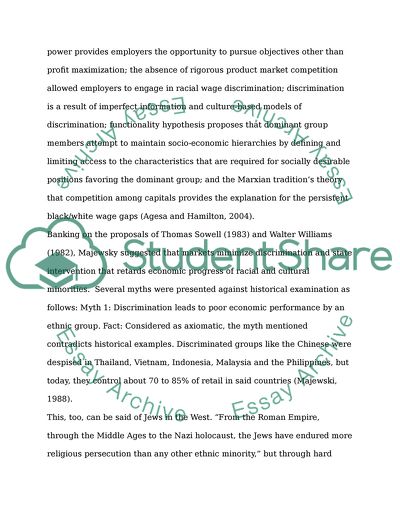Cite this document
(“The relationship between discrimination and economics Research Paper”, n.d.)
Retrieved from https://studentshare.org/macro-microeconomics/1393689-the-relationship-between-discrimination-and
Retrieved from https://studentshare.org/macro-microeconomics/1393689-the-relationship-between-discrimination-and
(The Relationship Between Discrimination and Economics Research Paper)
https://studentshare.org/macro-microeconomics/1393689-the-relationship-between-discrimination-and.
https://studentshare.org/macro-microeconomics/1393689-the-relationship-between-discrimination-and.
“The Relationship Between Discrimination and Economics Research Paper”, n.d. https://studentshare.org/macro-microeconomics/1393689-the-relationship-between-discrimination-and.


